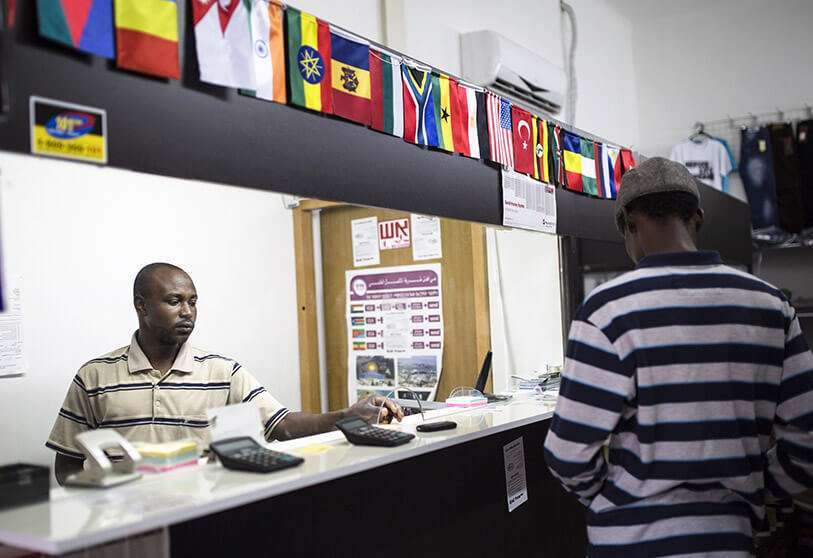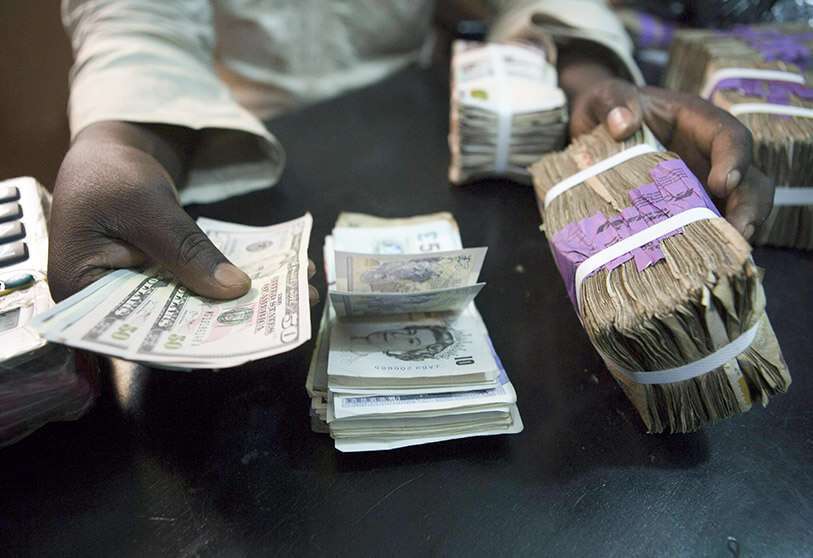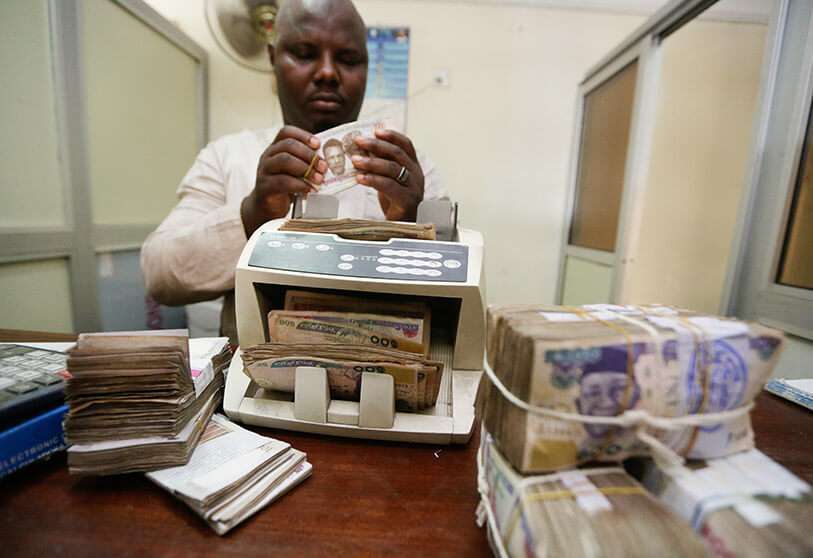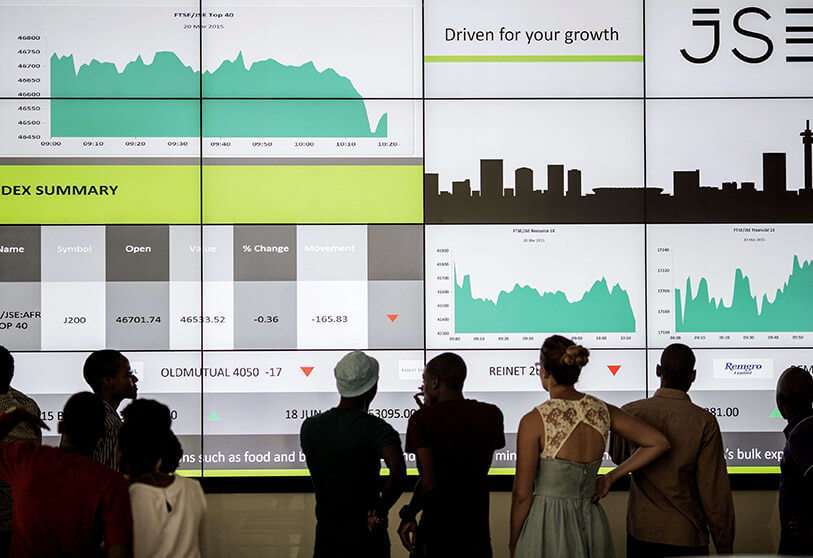Why are remittances to emerging markets growing?

As emerging markets around the world continue to recover from COVID-19, remittances are playing a key role in supporting the economic rebound.
In mid-May, the World Bank upgraded its forecast for remittances to low- and middle-income countries for 2021, predicting flows of $553bn over the course of the year, reflecting a growth rate of 2.6%.
This will be led by Latin America and the Caribbean, with an expected increase of 4.9%, followed by South Asia (3.5%), the Middle East and North Africa (2.6%), Sub-Saharan Africa (2.6%) and East Asia and the Pacific (2.1%). Remittances to Europe and Central Asia are expected to decline by 3.2 per cent.

While many of these figures may seem modest, individual countries have experienced dramatic spikes in the amount of money transferred home by expatriates abroad.
For example, remittances grew by 50.2% year-on-year in Morocco between January and May, 21.8% in Mexico (January-May), 20.8% in Sri Lanka (January-April) and 19.7% in Kenya (January-June).
In contrast, semi-annual remittance flows to Indonesia and Nigeria have experienced double-digit contractions of 13% and 24%, respectively.

These regional and country discrepancies can be attributed to several factors. For example, while the majority of Moroccan and Mexican expatriates live in the EU and the US, respectively, which are making progress with their economic recovery, Indonesia derives a large proportion of its remittances from countries such as Saudi Arabia and Malaysia, which suffered significantly as a result of pandemic-related closures.
Meanwhile, in the case of Nigeria, many analysts believe that a dysfunctional foreign exchange market has caused remittances to be pushed into informal and undocumented channels.
The largely positive outlook is due to a better-than-expected year for remittances in 2020. Although the World Bank in April last year forecast a 19.7% drop in full-year 2020 remittances to low- and middle-income countries, flows proved remarkably consistent, with the Bank currently estimating that the drop was only 1.6%.

In fact, remittances increased last year in Latin America and the Caribbean (6.5%), South Asia (5.2%) and the Middle East and North Africa region (2.3%). Only steeper declines in flows to sub-Saharan Africa (-12.5%), Europe and Central Asia (-9.7%) and East Asia and the Pacific (-7.9%) pushed the overall growth rate into negative territory.
However, further highlighting the diverse nature of remittance flows and their resilience over 2020, the fall in sub-Saharan Africa was largely due to a dramatic 28% drop in Nigeria. Excluding Nigeria, remittances from the region actually increased by 2.3% last year.
The main reasons behind the stronger-than-expected flows included major fiscal stimulus packages resulting in more positive economic conditions in host countries, many of which are developed countries; a shift in flows from cash to digital and from informal to formal channels; and movements in oil prices and foreign exchange rates.

The strong flow of remittances has also highlighted their importance for many emerging market economies.
For example, the World Bank estimates that remittances account for 38 per cent of GDP in Tonga, 33 per cent in Lebanon, 27 per cent in the Kyrgyz Republic and 24 per cent in both El Salvador and Honduras. Other countries in the "yellow portion" that derive a significant share of GDP from remittances are the Philippines (9.6%), Sri Lanka (8.8%), Egypt (8.2%) and Morocco (6.5%).

To further emphasise their importance, remittances to low- and middle-income countries last year ($540 billion) exceeded the sum of foreign direct investment ($259 billion) and overseas development assistance ($179 billion).
With remittances expected to increase by another 2.2 per cent to $565 billion in 2022, concerted efforts are being made to try to reduce the cost of transfers.

One of these is the Community Remittances Working Group, launched at the start of the pandemic by the UN's International Fund for Agricultural Development. In November, the group issued a series of policy recommendations calling for greater transparency on the costs involved in transferring money, as well as suggested requirements for governments
Despite these initiatives, costs remain high. In the fourth quarter of last year, the average global cost of sending $200 was 6.5%, more than double the UN Sustainable Development Goal of 3%. While the figure was lowest in South Asia at 4.9 per cent, it rose to 8.2 per cent in less developed regions such as sub-Saharan Africa.









